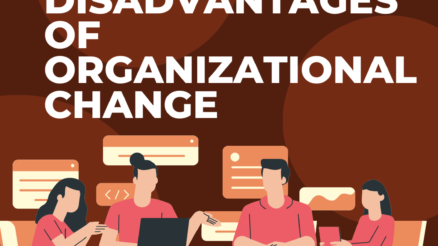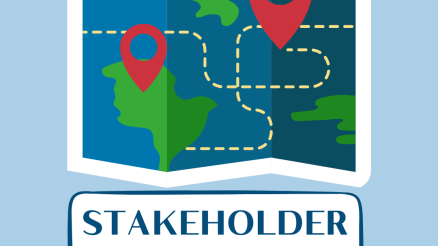Although we know that change is good but it is always hard and difficult to make change happen.
Whether its personal change or organizational change, people commit themselves to change but they fail to make change.
Why?
To find answer to this question, Robert Kegan, psychologist and Harvard professor, Lisa Laskow Lahey, worked on a research project and reveal interesting explanations. They present this concept of immunity to change in their book” Immunity to Change”.
They explained that its not just liking or disliking change or resisting change but there are internal conflicts which are hidden and one need to know these first before taking actions to make change.
In this blog post, we’ll explore what immunity to change is and people can apply this to overcome their inner believes and assumptions to make lasting change.
Let’s dig deeper into immunity to change.
What is Immunity to Change Model?
The Immunity to Change model or framework is a four step process that uncover our underlying and hidden thoughts and believes that hold us back to make change. At the heart of this model, there are two concepts – competing commitments and big assumptions that are root cause and main hurdle in improvement of our behaviour.
Lets see in detail what are those four steps and how they work to make change happen.
Step 1: Know your goal
What is a goal that you want to achieve? First, identify the goal, commitment, or change you want to make in your life. Write this down. What is something that you want that excites you, or even scares you a little?
It’s important that this goal is about you and only you want to make change and you’re not saying for others.
Example: I want to learn new skill set in next one year and diversify my expertise to enhance my career prospects.
Step 2: Identify barriers to what you want to change
We all have areas in our lives where we would like to change, but for some reason, we just can’t seem to make the progress we want. Immunity to Change can help us understand why this happens and what we can do about it.
So, the next step is to identify the behaviours that are standing in our way. These behaviours may be things like procrastination, perfectionism, or avoidance. Once we have identified these behaviours, we can begin to work on overcoming them.
Example: I believe that I’m too busy with my daily routine and there is no extra time and resources available to me for learning new skills.
Step 3: List your competing commitments
We all have competing commitments – the thoughts and beliefs that are causing behaviours that are barriers to what we want to change. These competing commitments are not necessarily negative thoughts but these are such strong believes that are causing that barriers mentioned earlier.
Example: I also think that learning new skills can get me distracted from my routine work and I may lose my focused on task in hands. And I also want to avoid conflict with my boss and do not want him to dislike me.
Step 4: Know your big assumptions
In Immunity Change, MIT professors Robert Kegan and Lisa Laskow Lahey present a powerful way to think about our personal “default settings.” We all have certain assumptions that we hold so dear, we behave like they are absolutely true — even when they may be causing us difficulties.
In order to break out of these self-defeating patterns, we need to first become aware of the assumptions we’re making. Only then can we begin to question and change them. So ask yourself: What big assumptions am I making about myself, others, and the world that explain why I’m holding onto these competing commitments?
Example: Conflict is bad and I can get fired and won’t be able to get new opportunity. Its difficult to learn new skills while doing a regular 9-5 job.
Whats Next?
Test Your Big Assumptions
We often do not question our big assumptions and think that these are true. We never challenge these assumptions. These assumptions are itched in our mind so that they shape our believes and world view.
And these are the big assumption which maintain status-quo in our lives. But if we want to make a change then we need to test or challenge our big assumptions. If not all we can take one assumption and go against it and question it by asking “what if” this is not ture.
Example: Let’s give it a try and learn new skills and what if I land into a conflict with my boss and get fired from my job.
Final Words
So often we find ourselves stuck in the same patterns, never breaking free to reach our potential. But by understanding the Immunity to Change model, we can start to see why we get stuck and how to make the changes we need in order to reach our goals. The next time you find yourself struggling to make a change, ask yourself these four questions: what is my goal? What are my barriers? What are my competing commitments? And what are my big assumptions? By unpacking your answers to these questions, you’ll be well on your way towards making the changes you want to see in your life.



